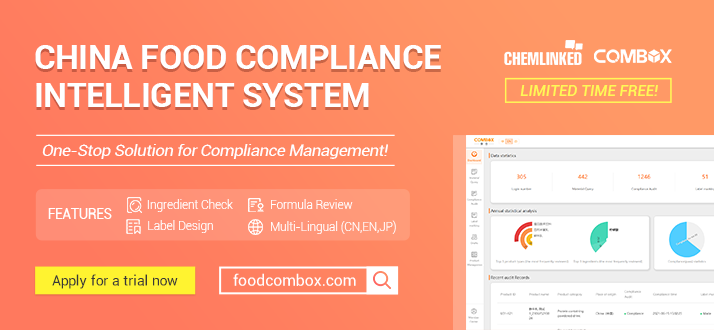CRAC-HCF 2021: Embracing China’s Pharma Market With Regulatory Compliance and Industry Insights
China’s Drug Regulation and Pharmaceutical Market Conference, a sub-event of CRAC-HCF 2021 (Chemical Regulatory Annual Conference and Asian Helsinki Chemicals Forum), concluded on Nov. 12.Five experts from drug regulation authorities, pharmaceutical companies, and consulting firms decoded drug regulations and analyzed industry dynamics for international pharma companies to develop businesses in the Chinese market.
|
CRAC-HCF 2021 Virtual Session China’s Pharmaceutical Regulation and Market Overview |
|
| Topic | Speaker |
| Interpretation of Chinese Pharmacopoeia 2020 Edition | Ms. Qiaofeng Tao, Vice President of Zhejiang Institute for Food and Drug Control |
| China Market Entry Strategy for Overseas Pharmaceuticals | Mr. Feng Zhou, Haisco Pharmaceutical Group |
| Decoding China’s Good Pharmacovigilance Practices | Mr. Daniel Yu, Deputy PV Director of Zhejiang Taimei Medical Technology Co., Ltd |
| Interpretation of China’s Marketing Authorization Holder (MAH) System | Ms. Manlu Xia, Industry Expert |
| Focused Areas and Targets of Innovative Drug Research in China | Mr. Liang Hong, General Manager of Ruiou BaiPharm Service Co., Ltd. |
| Notes: CRAC-HCF registered participants can download the slides here. | |
CRAC-HCF Insights on Pharmaceuticals
The Chinese Pharmacopoeia (ChP) is at the core of China’s national-level drug standards, said Ms. Qiaofeng Tao, vice president of Zhejiang Institute for Food and Drug Control, an affiliate of Zhejiang Medical Products Administration.
She mentioned that drug registration standards should comply with ChP’s general technical requirements, as China’s National Medical Products Administration stipulates it. So international companies also have to obey ChP to export drugs to China.
*BaiPharm provides ChP consulting and translation services. BaiPharm has also interpreted the ChP 2020 Edition and its impacts on drug marketing authorization applications.
How Can Foreign Medical Products Embrace the Chinese Market was what Mr. Feng Zhou, business development manager of Haisco, discussed at the conference. He first laid out data which showed that China had become the second-largest pharmaceutical market in the world.
After that, he switched to the market trends in Chinese pharmaceutical market, including that more Chinese companies are turning to innovative drugs due to the fierce competition and low profits in generic drugs.
Mr. Zhou also advised international companies them to understand cultural differences better so that the cooperation with Chinese partners could go smoother. For example, summer vacation is a tradition for Europeans but it’s not common for most Chinese professionals.
Hence, to keep projects moving forward while they are on vacation, it’s necessary for European companies to make arrangements early, such as transferring drug data to Chinese partners in advance.
China’s Good Pharmacovigilance Practices (GVP) is another significant topic for international pharma companies. Mr. Daniel Yu, Deputy Pharmacovigilance Director of Zhejiang Taimei Medical Technology, reminded international companies that China’s GVP would take effect on Dec. 1, 2021.
Mr. Yu pointed out that, to better practice the compliance of the pharmacovigilance system, international companies could outsource pharmacovigilance activities such as the processing of individual case study reports (ICSR) to local Chinese service providers. Read BaiPharm’s analysis of GVP.
The Drug Marketing Authorization Holder (MAH) System also matters in China’s drug regulatory framework. MAH system has come into implementation under the Drug Administration Law. In Ms. Manlu Xia’s presentation, she elaborated on the main features of China’s MAH system, what companies could qualify as MAHs, MAH’s responsibilities, and the process of MAH change.




